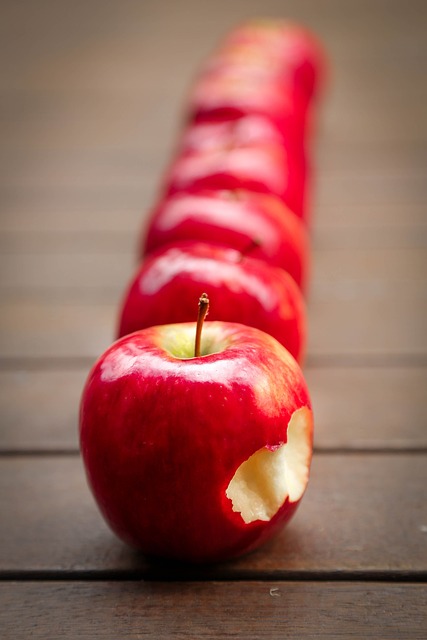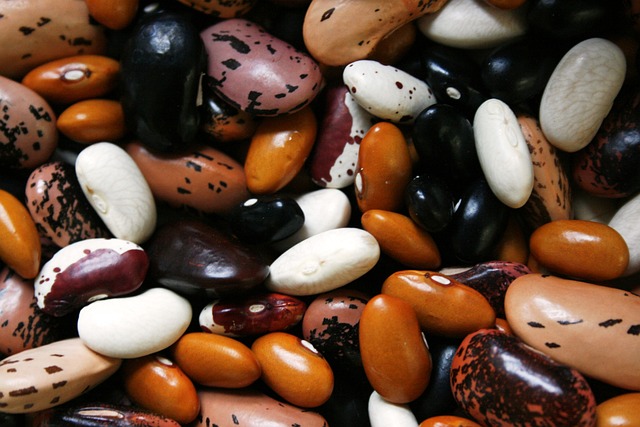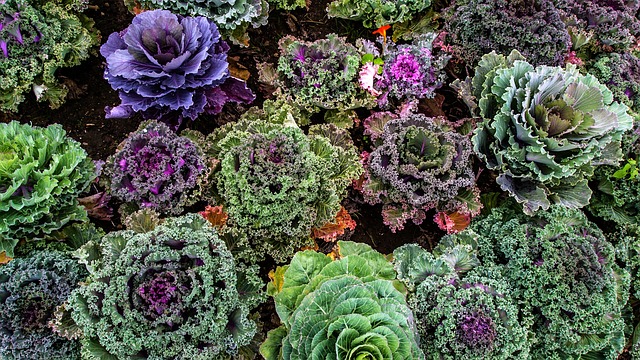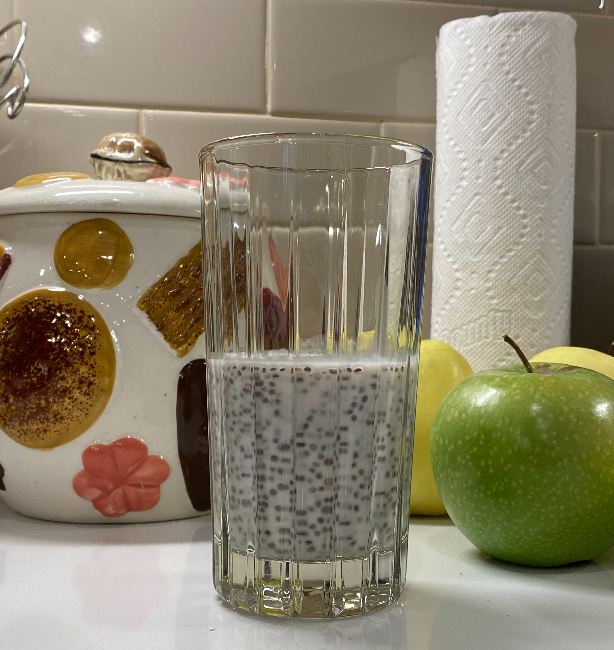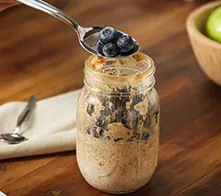It’s come to this.
We are always in a full court press around here to get enough fiber in our diets. There’s a running joke that, “It’s come to this…” as we face our morning routine of consuming flax, chia, Metamucil, and sometimes fiber gummies.
Good grief.
Did you know that women should try to eat at least 21 to 25 grams of fiber a day, while men should aim for 30 to 38 grams a day?
What would that look like? Just eat an apple, right?
Well, ladies and gentlemen, based solely on apples, what we need translates to a range of 4.6 – 8.4 apples a day.
That’s a lot of crunching on raw apples!
One cup of cooked quinoa will net us 5 grams of fiber, and a cup of cooked black beans packs in 15 grams of fiber.
The list goes on HERE, but you can see how hard it can be to get enough fiber consistently.
Why should we care about fiber?
The trifecta of adequate fiber/water/exercise is paramount for a happy, functioning gut. Decreases in any or all three elements will create problems with elimination and colon health.
Fiber also contributes to feeding the good guys in our gut/microbiome which, in turn, helps control our immune response, levels of inflammation, and ultimately, affects all aspects of our health.
Yes, fiber is our friend – unless you increase your fiber intake too quickly, causing gas and bloating; fail to drink enough water, or you have a pre-existing condition such as IBS/IBD (irritable bowel syndrome/disease) or Chron’s Disease.
By increasing the feeling of satiety/fullness, fiber can help reduce the risk of obesity. Its function
in lowering cholesterol helps reduce the risk of heart disease and high blood pressure.
So, how do we move our diets toward having higher fiber content?
Meatless Monday – switch out the protein element to some form of high fiber legumes (ex: black beans, cooked dried beans/peas).
Switch out white rice for brown rice or quinoa.
Make sure to have half of your plate reflect high fiber vegetables: HERE including artichokes, Brussels sprouts, kale, collards, beets and beets greens, turnip greens, and mustard greens.
Switch out the baked white potato for a baked sweet potato.
And…consider adding a regular chia component each morning or night.
We now keep a container of almond milk in the refrigerator to which I have stirred in at least 1/3 cup (50 grams) of chia seeds.
After the initial stirring of the chia seeds into the almond milk, keep the milk mixture out for a few minutes before refrigerating so you can occasionally re-stir the seeds to prevent their clumping.
Overnight, the seeds will soften and gel. Give the closed container a shake or stir again before pouring out about 1/2 cup (118 cc) to drink. The chia seeds are virtually flavorless, do not require chewing, and are easy to swallow.
Almond milk can be sweet or unsweet and can be flavored with vanilla or not. I look for brands that have higher calcium values.
While I’m not a big fan of sweetness, I do prefer a mix of sweetened and unsweetened vanilla flavored almond milk in my chia seed drink. Three or four sips, and I’m done – so it’s not that big of a deal, either way.
Another option to ramp up fiber is an overnight chia seed/oatmeal/apple cereal that I want to share with you HERE. I haven’t made this, yet, but it certainly checks off many of the fiber boxes cited above and will soon be tried.
In health –
Deidre
If you like the information presented today, please share it with someone using the options under the MORE button below.



